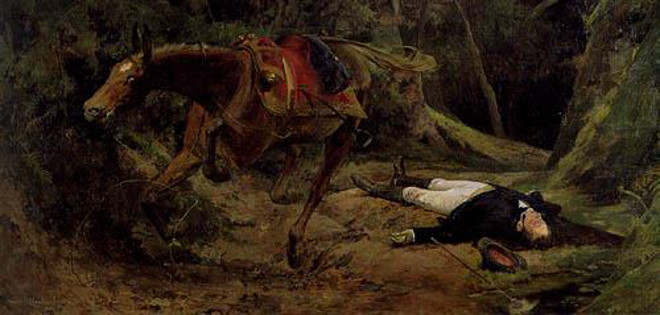
Sucre has a rich history and has had a significant impact on the development of the global political landscape. Known as the city of four names (Charcas, La Plata, Chuquisaca and Sucre), here is a brief history of this progressive gem in Bolivia’s crown.
Charcas
Traces of human settlement in the area around Sucre have been found which appear to date from as far back as 10,000 BC. This was followed by a long period of indigenous settlement by a group who would be later be named “Charcas” by the Spanish conquistadors. The Charcas’ territory was colonized by the Incas in the mid-14th century. The Charcas people came to adopt the language of the Incas, Quechua, which they still speak today.
The Rise of La Plata and Chuquisaca
As the Spanish arrived and began to mine silver, particularly in nearby Potosi, pressure grew to protect these mining operations from local hostility. To this end, Pedro de Anzúrez was tasked with establishing a settlement in Charcas territory. Anzúrez chose a site at the base of the Sica Sica and Churuquella mountains. On either 29 Sep 1538 or 16 Apr 1540 (the actual date is debated), he founded the town of La Plata. The present day Plaza Pedro de Anzúrez reportedly marks the spot where this occurred.
In 1545, a particularly large vein of silver was discovered in Cerro Rico de Potosí, which would bring significant riches to area, as well as to Spain. La Plata prospered and, in 1555, it was declared a city by royal decree. To manage the growing Spanish interests in South America, in September 1559 the Spanish King Felipe II established the Real Audiencia de Charcas, a central authority located in La Plata with jurisdiction over an area encompassing most of modern day Bolivia and Paraguay, along with parts of Peru, Chile and Argentina. Administrative subdivision of the Audiencia into several Intendencias found La Plata located in the The Intendencia de Chuquisaca. Chuquisaca, a misspelling of the name of the local Choquechaca Indians, came to be used as a synonym for the City of La Plata.
La Plata continued to flourish. In 1601 the Recoleta Monastery was founded and in 1609 an archbishopric was established in the city, cementing its religious importance in the area. In 1624, the St Francis Xavier University of Chuquisaca was opened, making modern day Sucre home to one of the oldest universities in the world.
Sucre and the Wars of Independence
The good times weren’t to last. With the Napoleonic invasion of Spain, a pressing need arose to protect Spanish interests overseas from French capture. La Plata’s scholars saw a solution: independence from the Spanish Empire. On 25 May 1809, the first uprising of any Spanish colony began in La Plata. The uprising was marked by a vigorous ringing of the bell in the Basilica of San Francisco, the bell is said to have been rung so hard that it broke. To this day, the Basilica holds this relic, a poignant symbol of the beginning of the Latin American Wars of Independence.
Despite being the birthplace of the revolution, present-day Bolivia was the last of the South American countries to be liberated from Spanish rule. On 6 Aug 1825, the Republic of Bolivar – named in honor of it’s most famous libertador, Simon Bolivar – was signed into existence in the Casa de la Libertad (today a museum to the events). Bolivar was offered the presidency of the new nation, but rejected the position. The position was instead taken up by Venezuelan Antonio José de Sucre, a friend of Bolivar’s and a pivotal figure in the Wars of Independence.
Sucre was eventually forced to resign in 1828 in the face of strong opposition. He fled Bolivia following an attempt on his life, but couldn’t escape for long: he was ambushed and assassinated while riding through forest in 1830.
On 12 July 1839, the city of La Plata was officially made the capital of Bolivia, and was renamed Sucre, in his honor. The Bolivian seat of government was moved to La Paz in 1898. This shift of power lead to discontent and a brief civil war, the outcome of which was that Sucre got to share the title of capital of Bolivia with La Paz, while the majority of government functions would be located in La Paz.
Modern-day Sucre
In 1991 it was declared a UNESCO World Heritage Site in recognition of its beauty and historical significance.
It has not all been smooth sailing for Sucre. On 24 May 2008, racially motivated violence broke out in the city, with several dozen indigenous residents being assaulted and humiliated in Plaza 25 de Mayo, Sucre’s main square. To mark the two year anniversary of the violence, a first draft of Bolivia’s Law Against Racism was made public.
Today the “White City”, is presided over by mayor Moisés Torres Chivé, elected in December 2011. While it’s political, financial and educational status has waned, Sucre remains a thriving and culturally-rich city. It is reputed to be both Bolivia’s most beautiful and its safest city.

Leave a Reply